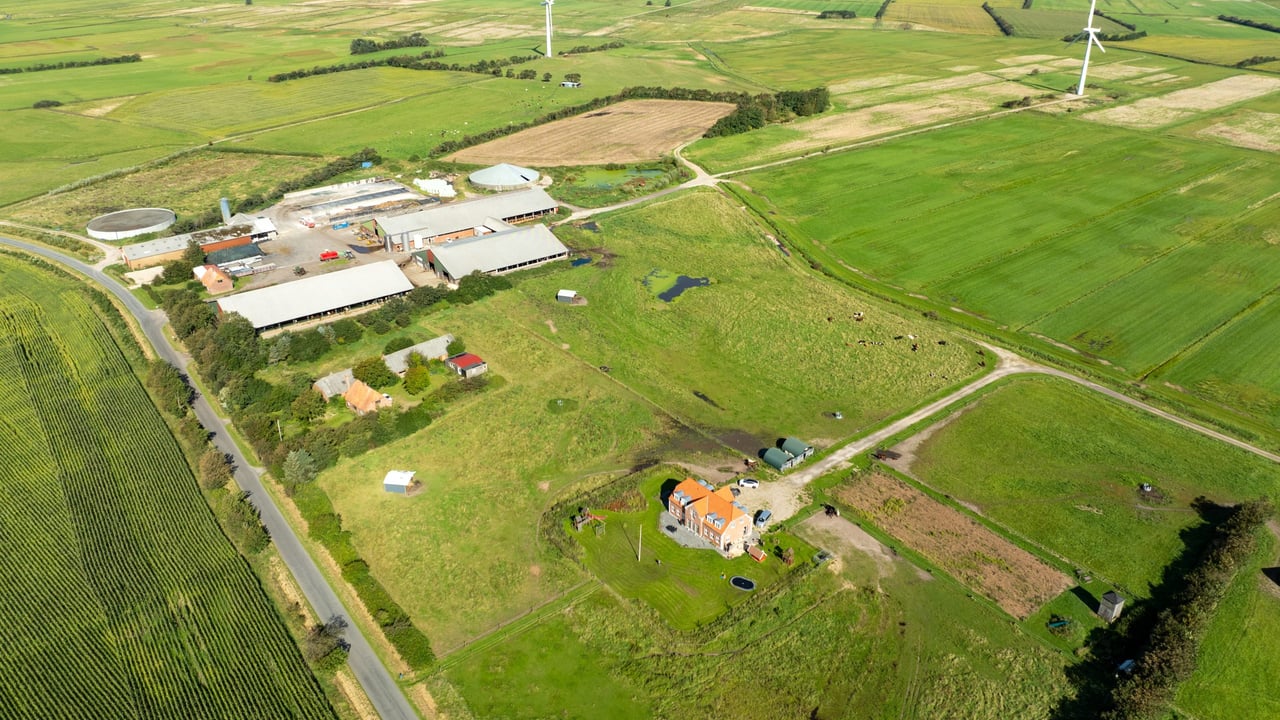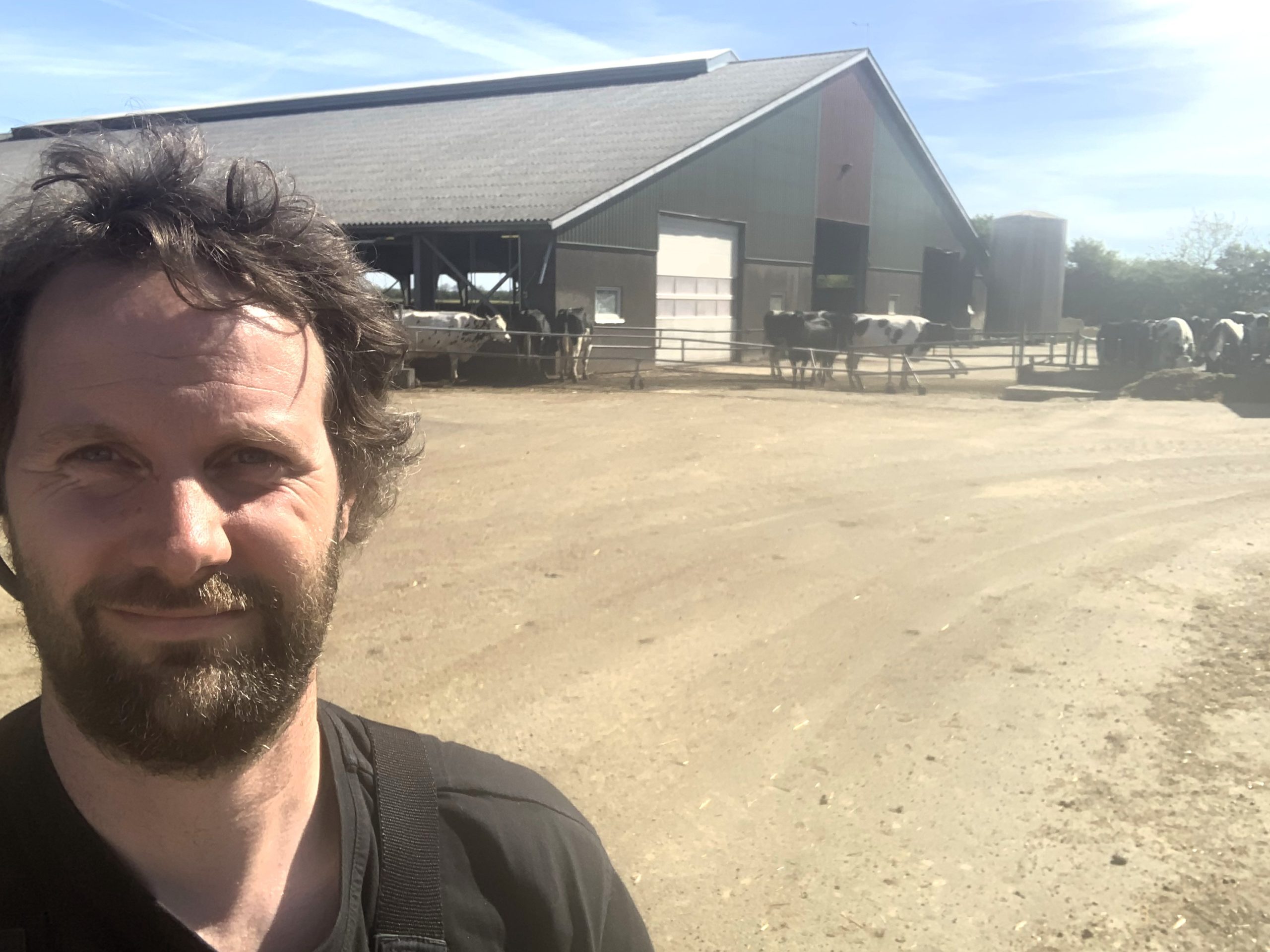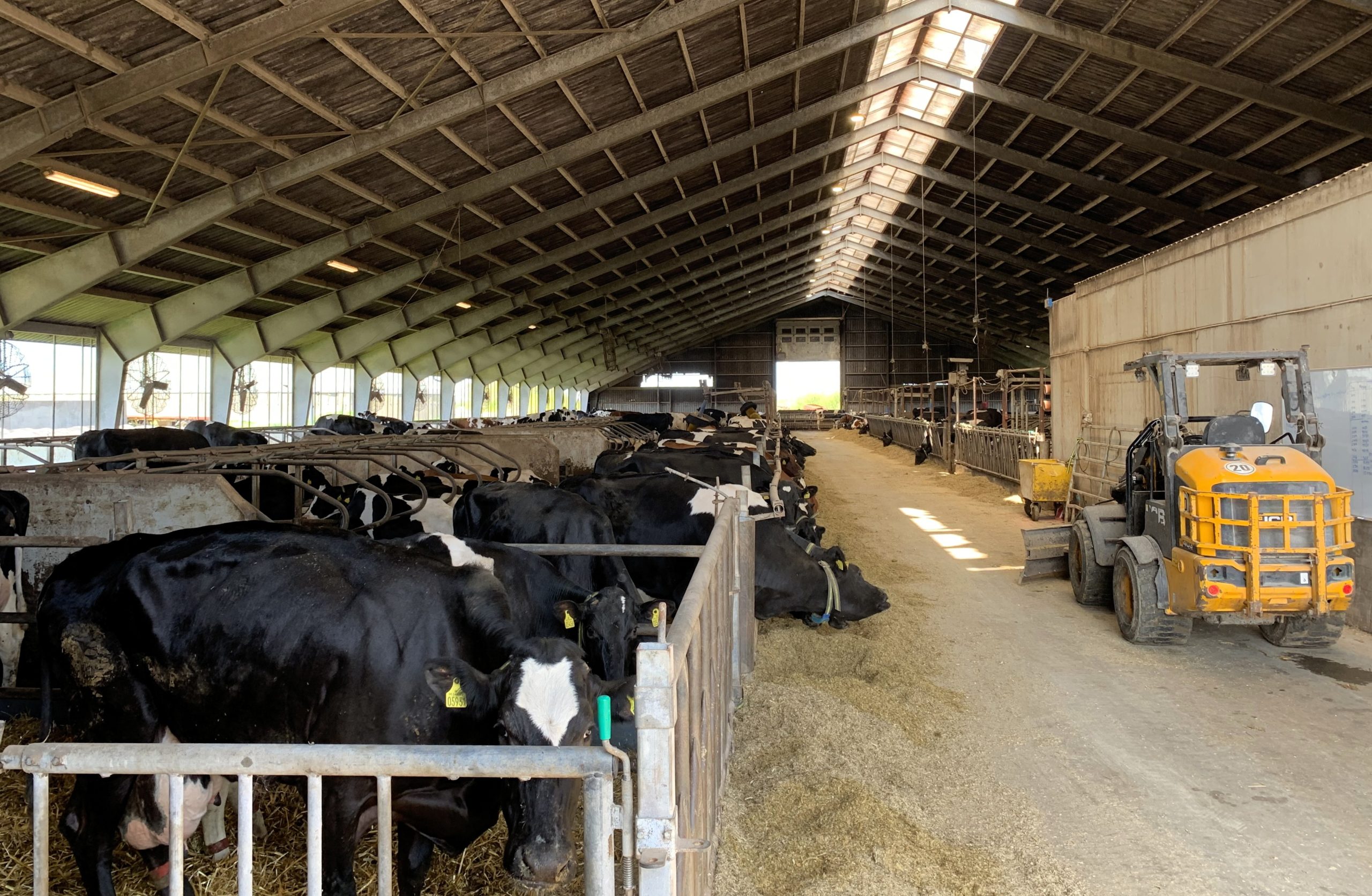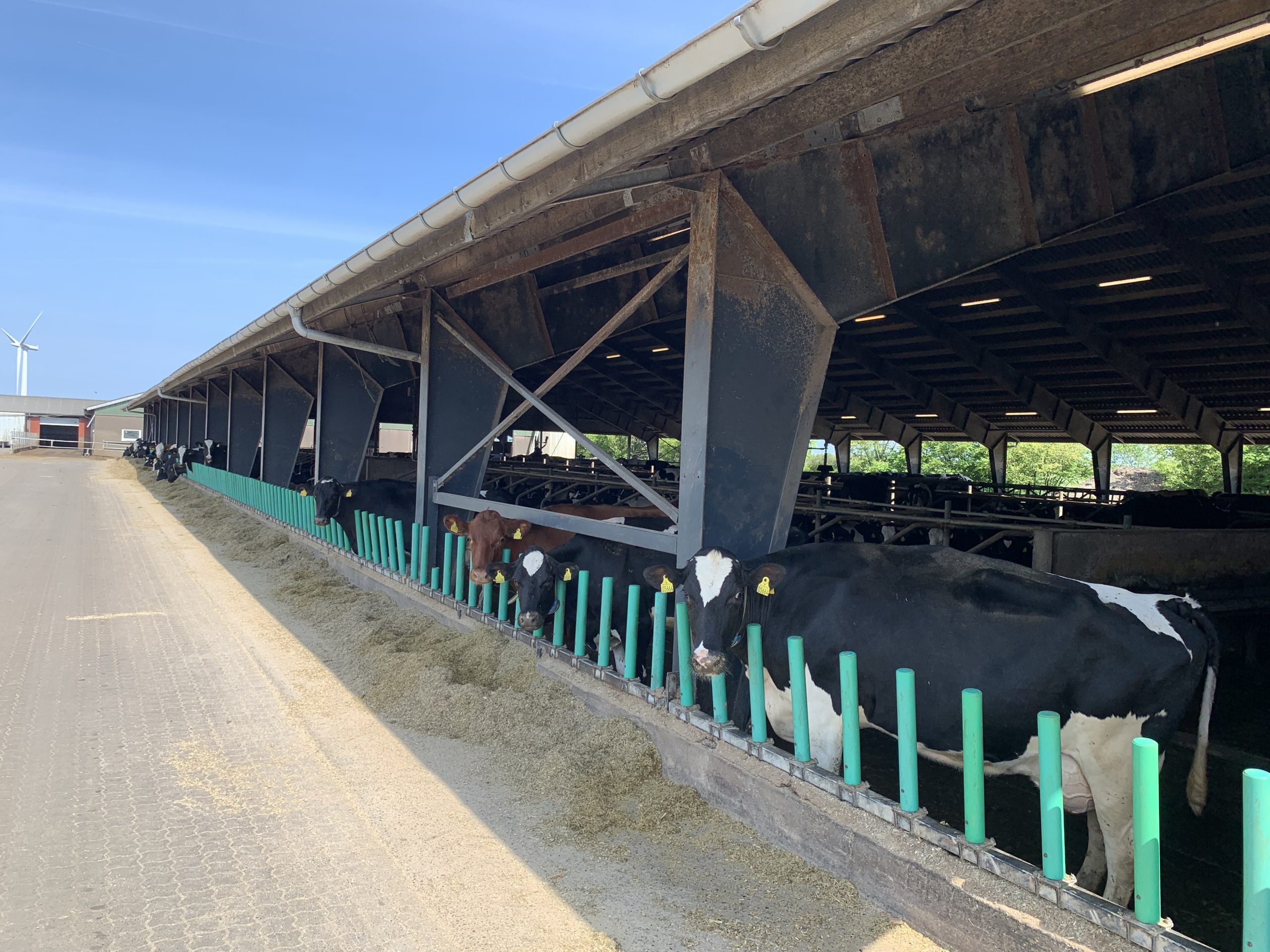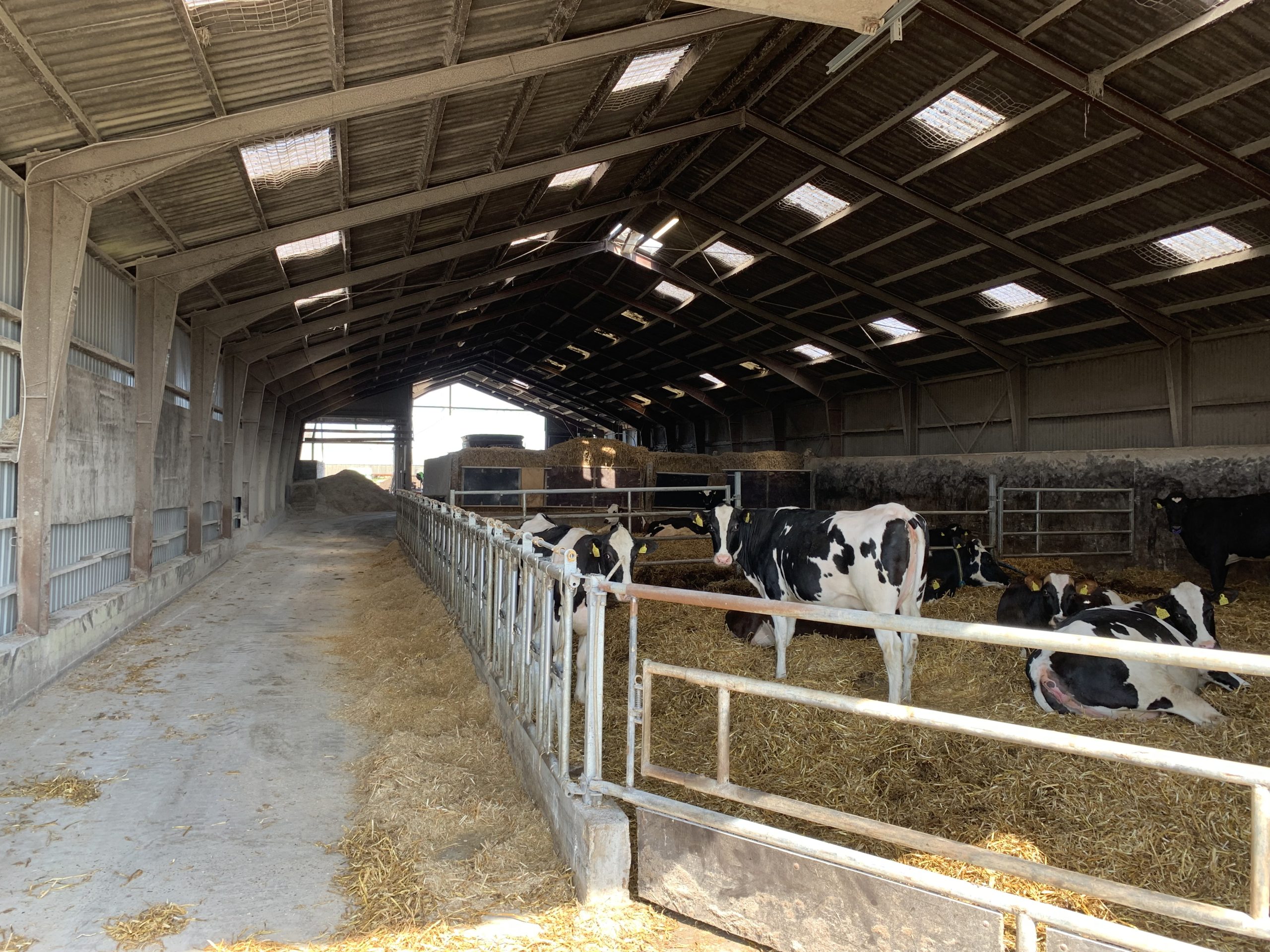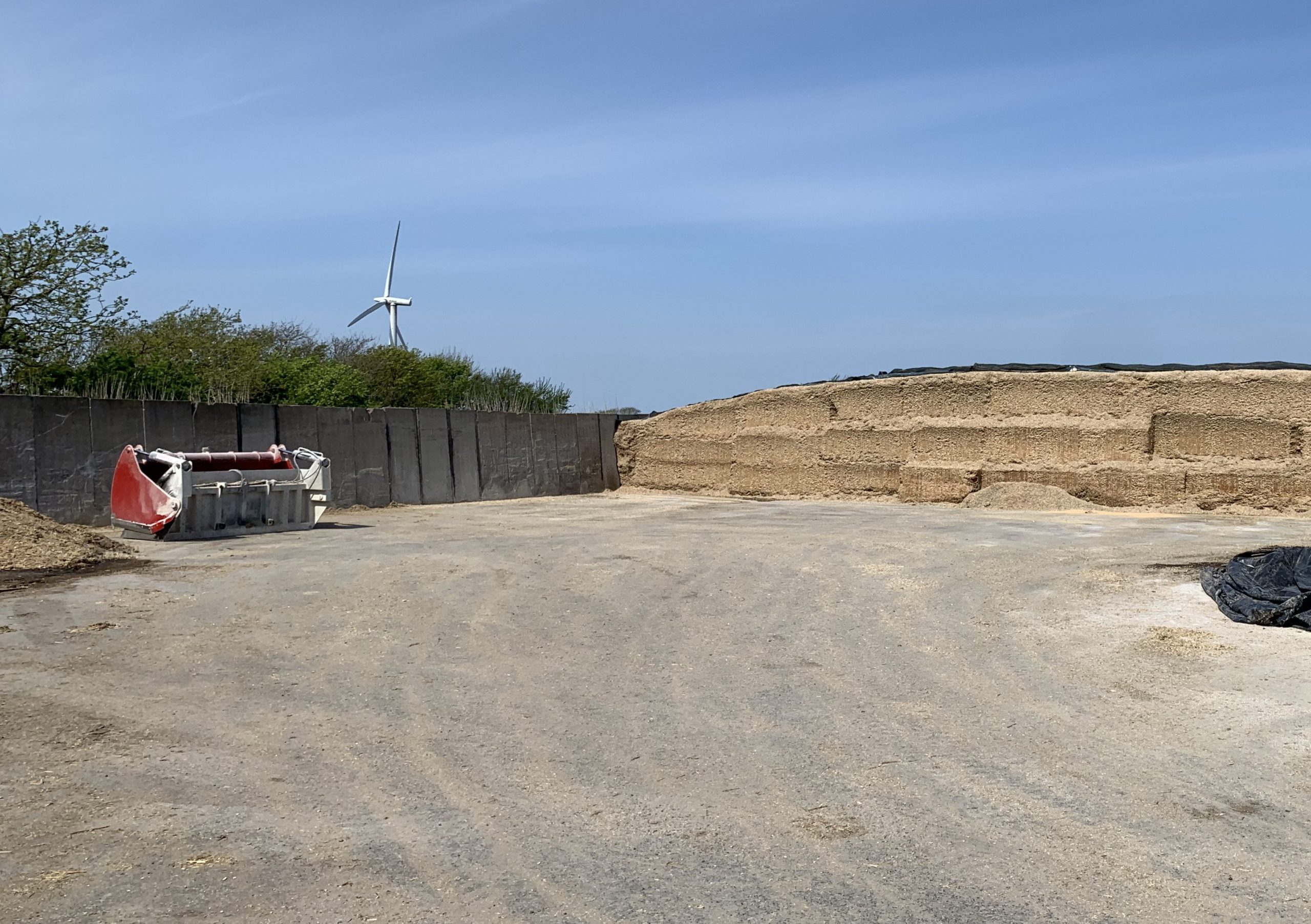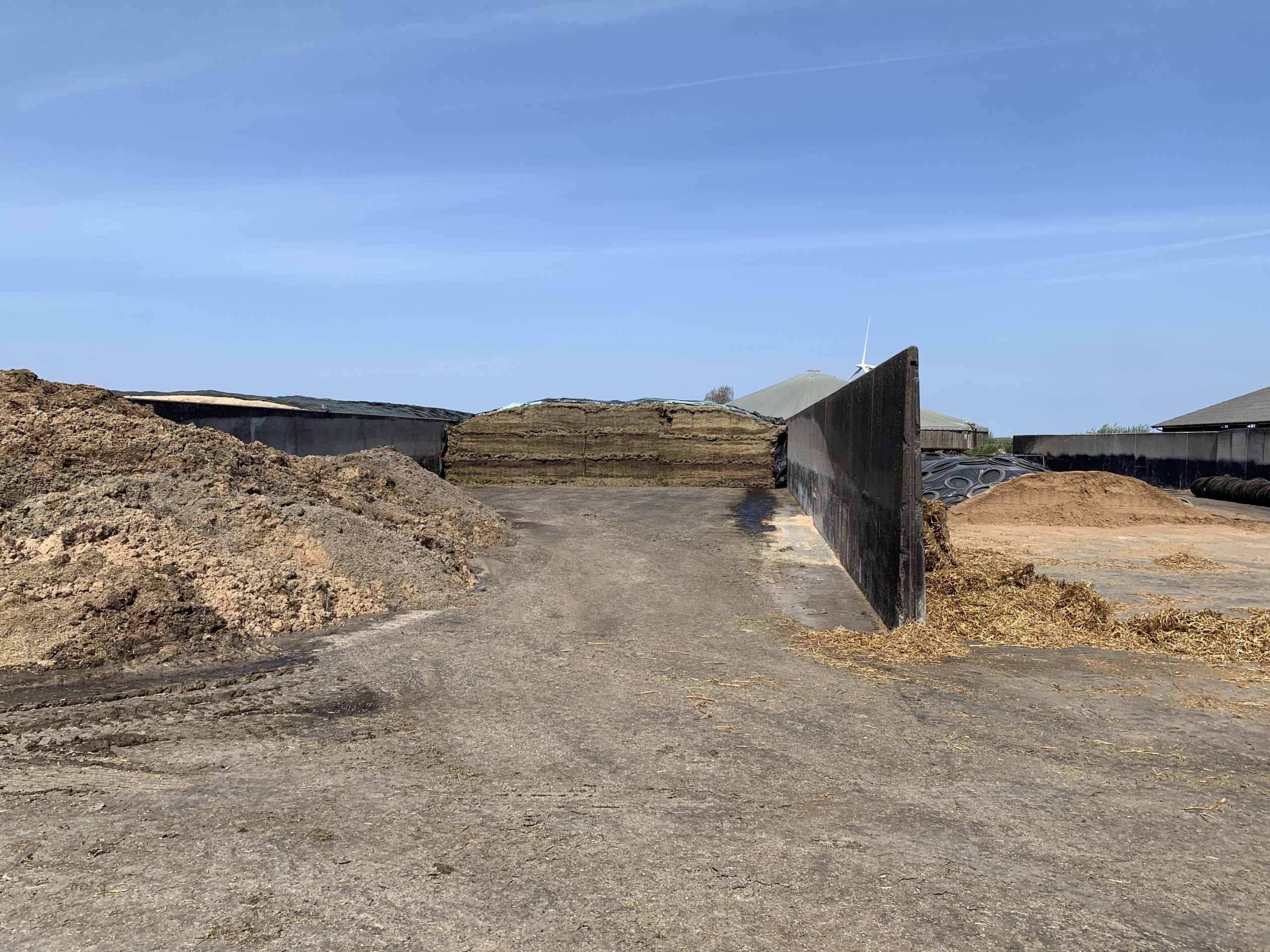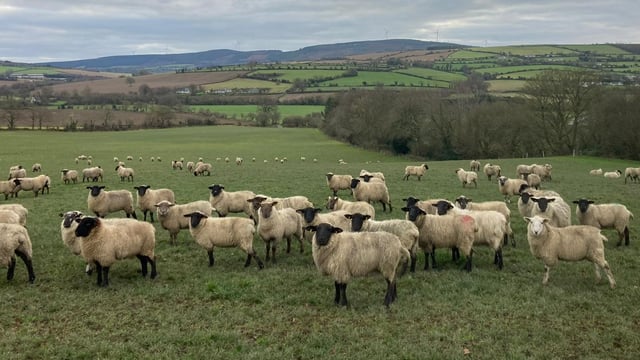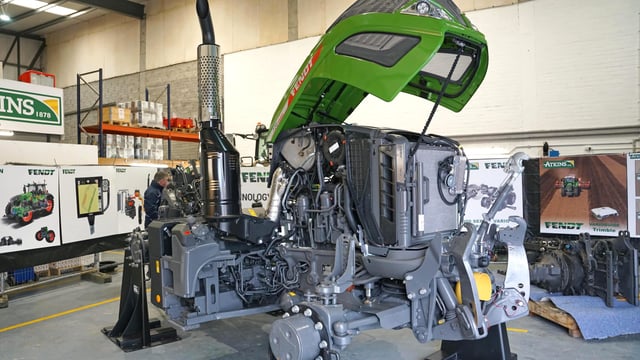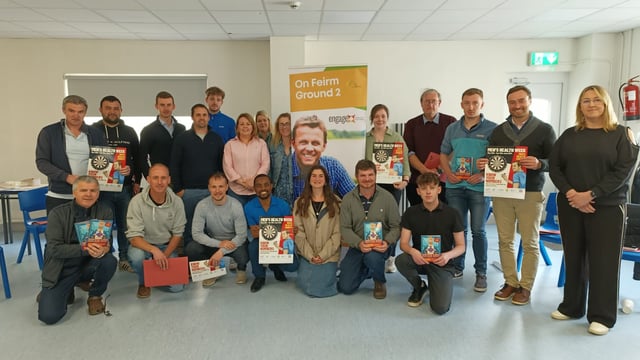Securing the future of Danish dairy farm after bankruptcy
Farming with the threat of pending carbon emissions taxes on livestock being introduced, farmers in Denmark are assessing their futures in dairying very carefully.
While the Danish government dallies over how much the tax will be, and how exactly it will be administered, farmers are exercising caution over expanding or even making significant investments in land or equipment.
However, for now it is business as usual for the Danish farmers, albeit with great trepidation, to see what the future brings.
Danish dairy farm
One such farmer is 39-year-old Anders Ring, who milks 600 cows near the small town of Gredstedbro in the Esbjerg Municipality, and, significantly, just 3km from the North Sea on the southern Denmark coast.
Anders is married to Mette and they together have four young children under 10 years-of-age.
He would like to secure the farm for future generations but the carbon tax could be a big hurdle to cross.
Anders bought his farm just six years ago from a bank following a series of bankruptcies on the enterprises.
He said: “This farm was bankrupt in 2010, in 2016, and in 2018, a total of three bankruptcies in eight years, under three different owners.
“I own 123ha on this farm but also rent other land to give me a total of 280ha. All the farm’s field work is carried out by contractors, even the irrigation.
“We milk 600 cows in a 40-stall outside BouMatic rotary parlour that was installed in 2006. Our cows are housed in three barns built in 2006, 2015, and 2020.
“The cows are milked twice per day at 7:30a.m and again at 7:30p.m. Each milking takes around four hours, including start-up and cleaning afterwards," he said.
The herd is yielding around 11,500kg of ECM (energy corrected milk) per cow per year with averages of 4.32% butterfat, 3.69% protein, and a somatic cell count (SCC) of 255.
“Our milk is sold to Arla Foods and our current milk price is 4.05kr (UK£0.46 or €0.36) per kilogramme with 4% butterfat and 3.4% protein,” Anders added.
“Last year the profit was around 0.3kr (UK£0.034 or €0.04) per kg ECM, but at the moment it is a bit higher. My farm is too high in maintenance costs and too low in feeding efficiency.”
Half the herd is comprised Holstein Friesians and the remainder are Viking Red, with a few breed crosses in the mix.
Anders said: “I didn’t produce any following heifers for around four years, but six months ago we started insemination with Holstein to breed our own heifers again.
“For now we focus on the Nordic Total Merit Index for breeding, but I would like to start using genomic testing."
Anders employs eight additional staff to work on the farm; one from Denmark, one from Ukraine, one from Bangladesh and five from Vietnam.
Six employees focus on milking the cows and feeding calves, one focuses on feeding the cows, pumping manure and machine maintenance and one acts as manager.
Cows are fed a total mixed ration (TMR) consisting 75% maize silage, with grass silage, sugar beet flakes, beer mash from Carlsberg Breweries, soya, rapeseed, rye, and minerals added in.
All rations are fed with a 2013 Trioliet 30m3 feeder wagon operated by a Fendt 820, and loaded by a Volvo L90D wheeled loader fitted with a Rimach shear bucket.
Anders said: “We are currently making a number of investments on the farm including better storage facilities for concentrates. We are also constructing more space for dry cows and extra calving pens.
“I want to incorporate a new activity and health surveillance technology system for the cows that helps me monitor them more accurately.
“Later this year we will order a new mixer, and invest in cow comfort mattresses for the cubicles instead of the sand bedding that we have now.
"Next year, the plan is to renovate the rotary parlour and update it,” he added.
Environmental restrictions
Due to Anders’s farm being in close proximity to the sea, there are a number of environmental restrictions that prohibit any farm expansion.
However, as they stand, his farm has a maximum capacity allowance of up to 1,100 cows, and that is a goal he would like to reach.
“It’s the carbon emissions tax that we have to be careful with," Anders explained.
“As the government has not yet fully setup the funding surrounding these taxes, or any details of how to officially implement them, that is a hurdle for us when considering expansion.
“Another major issue is water lying on the fields. I live in south western Jutland on the marsh lands, only one to two metres above sea level, so if the creeks and rivers are not maintained properly, then we cannot get the water off the fields.
“Sadly, we are not allowed to carry out this maintenance ourselves, so we need to make sure that the municipality does it, which can be another major issue,” he said.
